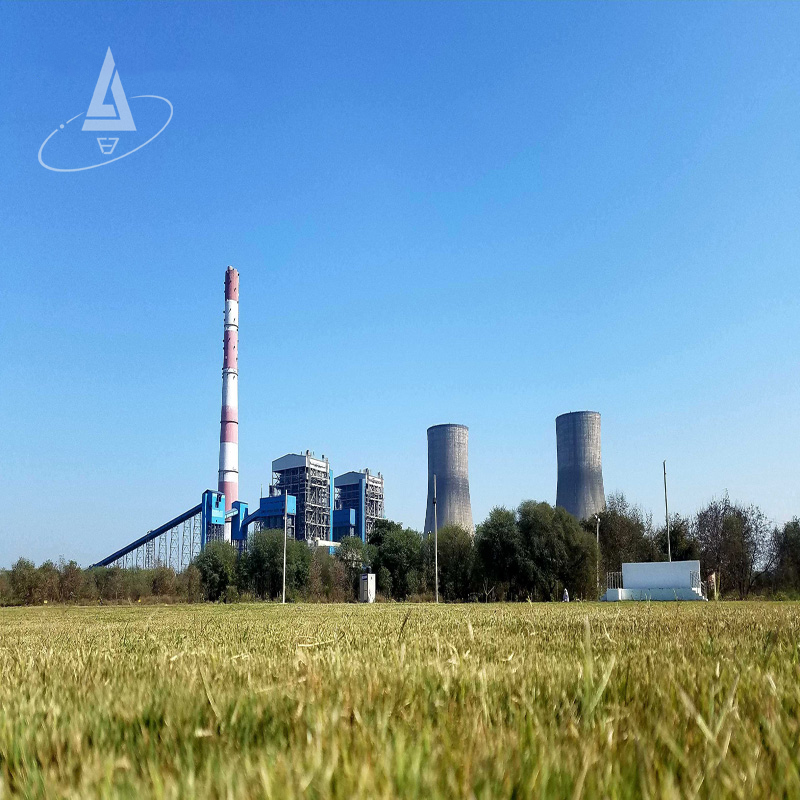April 17,2023.
MHPS Receives Latest FGD Order as NTPC Moves Forward with Its Plans
Mitsubishi Hitachi Power Systems, Ltd. (MHPS) received an order from India’s public sector utility NTPC for additional installations of flue-gas desulfurization (FGD) systems in the Mouda-II and Rihand-II&III coal-fired power plants. This is the first order of Limestone-Gypsum FGD system in the Indian The scope of work is:
Design, engineering, manufacture, shop fabrication, preassembly, shop testing/type testing at manufacturer’s works, packing, transportation, unloading, handling and conservation of equipment at site, complete services of construction including erection, supervision, pre-commissioning, market. Installations of Mouda-II and Rihand-II&III are scheduled for completion in 2021 and 2022, respectively.
(2) Kudgi STPP, Stage-I (3x800 MW)
(3) Solapur STPP (2x660 MW)---GE
(4) Lara STPP, Stage-I (2x800 MW)
(5) Nabinagar Thermal Power Project (4x250 MW), BRBCL
(6) Meja Thermal Power Project (2x660 MW)--GE
(7) Barh STPP, Stage-I (3x660 MW)
(8) Gadarwara STPP, Stage-I (2x800 MW)
(9) Darlipalli STPP, Stage I (2x800 MW)
(10) Tanda STPP, Stage-II (2x660 MW)---GE
(11) Nabinagar STPP (3x660 MW) NPGCPL
The scope of work is:
Design, engineering, manufacture, shop fabrication, preassembly, shop testing/type testing at manufacturer’s works, packing, transportation, unloading, handling and conservation of equipment at site, complete services of construction including erection, supervision, pre-commissioning, commissioning and performance testing of equipment under bidder’s scope of work of FGD System, limestone handling, storage, crushing and gypsum handling & storage, low height wet chimney, Zero Liquid Discharge (ZLD) wherever applicable, and its associated auxiliaries including all associated electrical, control & instrumentation, civil, structural and architecture works.
In November 2018, GE Power announced that it has been awarded four orders by NTPC Limited to supply and install wet FGD systems for a combined value of INR 1783 crore (US$247 million).
The four power plant projects are:
Solapur super thermal power project – 2x660 MW.
Tanda Stage II super thermal power project – 2x660 MW.
Feroze Gandhi Unchahar thermal power project – 1x500 MW.
Meja thermal power project – 2x660 MW by Meja Urja Nigam Private Limited (a JV of NTPC & UPRVUNL).
These new awards build on GE Power’s expertise in Wet FGD systems with the recent completion of facilities and performance guarantee tests for wet FGD at NTPC’s Vindhyachal Stage V/Unit 13 – 1 x 500-MW thermal power plant and awarded contract for wet FGD for NTPC’s 2x80-MW Telangana thermal power project earlier this year. These six wet FGDs together will treat more than 42 million m3/hr. of flue gas and will remove more than 540,000 t of SO2 each year which will be converted into gypsum by-product for use in the construction industry.
There is also FGD planned for new plants. NTPC has been given the green light for the Rs 77.32 billion expansion project of the Talcher Thermal Power Station id Odisha. The company’s proposal is to add two additional units of 660 MW each in the existing premise of the Talcher Thermal Power Project located in Angul district, Odisha. The proposed project, which is expected to meet the power demand of the eastern region, is estimated to cost Rs 77.32 billion and is planned to be commissioned by 2020.
NTPC is choosing to meet SO2 requirements for four smaller units with DSI. They opted for sodium compounds rather than lime. This may be because of the concerns about electrostatic precipitator performance. McIlvaine has addressed the APC choices for Indian power plants in past Alerts and newsletters and suggested two other options. One is catalytic filters and the other is venturi lime scrubbers by wet ESPs.
In a significant development, the National Thermal Power Corp. (NTPC)’s Dadri Power Plant is opting for a Dry Sorbent Injection (DSI) system for controlling sulfur dioxide (SO2) emissions and ensuring compliance with the 2015 environmental norms within the stipulated deadline. The Dadri power station had invited bids in March 2018 from interested manufacturers to install DSI technology.
In the first phase, four power generation units with a capacity of 210 MW each will be targeted. The Invitation for Bids (IFB), currently running in its final stages, has laid out the technical criteria, wherein the bidder should have built at least one DSI system “in a pulverized coal- fired unit, having flue gas flow of not less than 6,00,000 Nm3/hr., with sulfur dioxide capture efficiency of at least 50 percent...... The….System should be using Sodium Bicarbonate as reagent and should have been in successful operation for a period not less than one year prior to the date of Techno-Commercial bid opening.”
The power plant has been asked by the Central Pollution Control Board (CPCB) to comply with the environmental norms for coal-fired thermal power plants by December 31, 2019. The environment ministry has submitted the information that the plant will be compliant with the environmental norms for coal-fired thermal power plants by 2019 to the Supreme Court as part of the case on air pollution in Delhi, wherein pollution from coal-fired thermal power plants has been included for hearing, among other issues.
G Srikanth, an independent technical expert, believes that the technology choice is appropriate. “The lower capital cost and smaller construction and commissioning time make it ideal for smaller generation units that have stiff deadlines. Moreover, DSI actually improves the efficiency of electrostatic precipitators (ESP), thus reducing the emission levels of Particulate Matter (PM) further,” he said.
Operational costs due to reagents, however, remain a bone of contention. While some experts believe that the reagent in question is expensive, raising the operational costs, others are of the opinion that the higher cost is offset by the lesser quantity of reagent that will be needed in the process.



